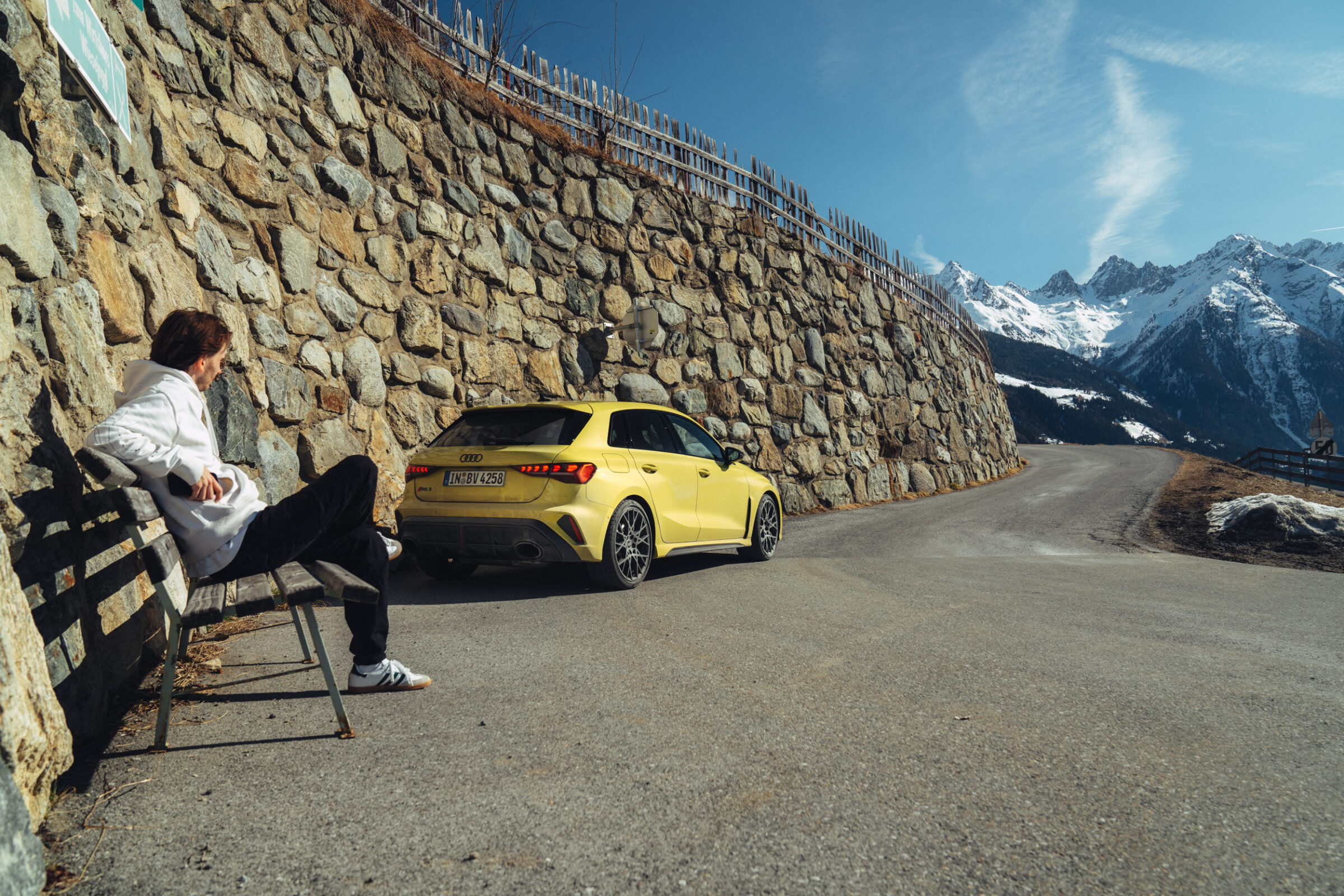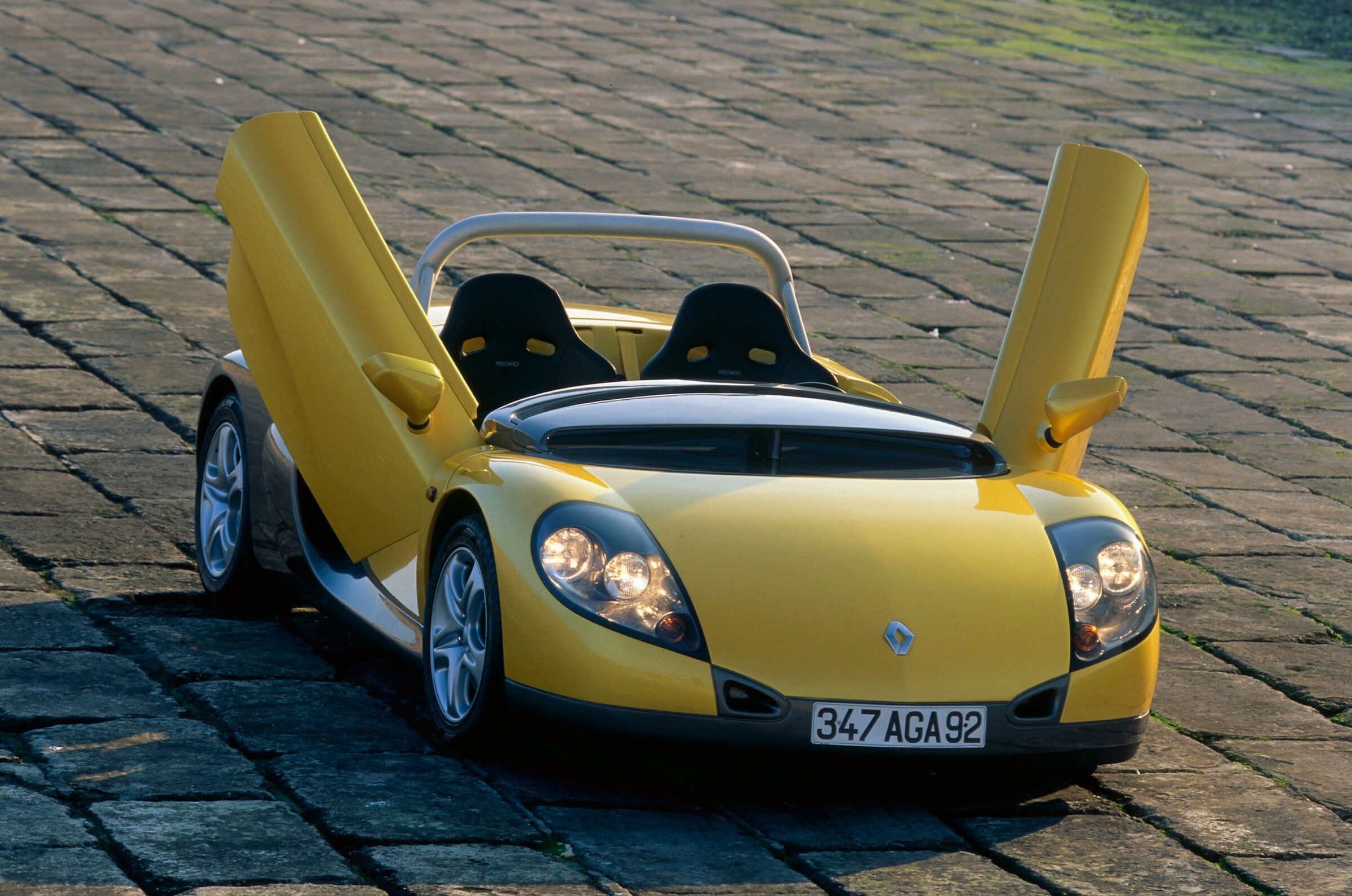60 Years of Aston Martin DB4
As early as 1952, Aston Martin started working on a successor model to their DB2, which had only been offered for two years by that time. While in the background Harold Beach developed a new chassis with a special front axle construction and Tadek Marek worked on a new 3.7 liter inline-six cylinder engine, the DB2 received worldwide approval in various body shapes and different series of production, until the last copies left the factory in 1959. After the new platform was completed, Frank Feeley created a new bodywork for ‘Project 114’, as the sports car was called internally at that time. However, his design wasn’t well received by the Aston Martin management. Instead, head developer John Wyer recalled a two-seater Roadster based on a DB2 and presented by Italian coachbuilder Touring at the Turin Motor Show 1956. He sent Harold Beach over to Milan to work with the local designers and find a new body shape for the finished chassis.
Touring had already earned a good reputation, in particular with its proprietary, patented Superleggera body construction system, in which aluminium body panels are mounted over a thin tubular frame. Within just six weeks Beach and Italian designer Federico Formenti found the shapes that make the DB4 so popular with collectors today. Two prototypes were made at Touring and sent over to Aston Martin, where they found great favor. Subsequently, the Italians certified the British carmaker to produce sports cars in their Superleggera construction. After the world premiere of the four-seater Aston Martin DB4 Saloon, as the Coupé was officially called, at the 1958 Paris Motor Show, production began at the new factory in Newport Pagnell.
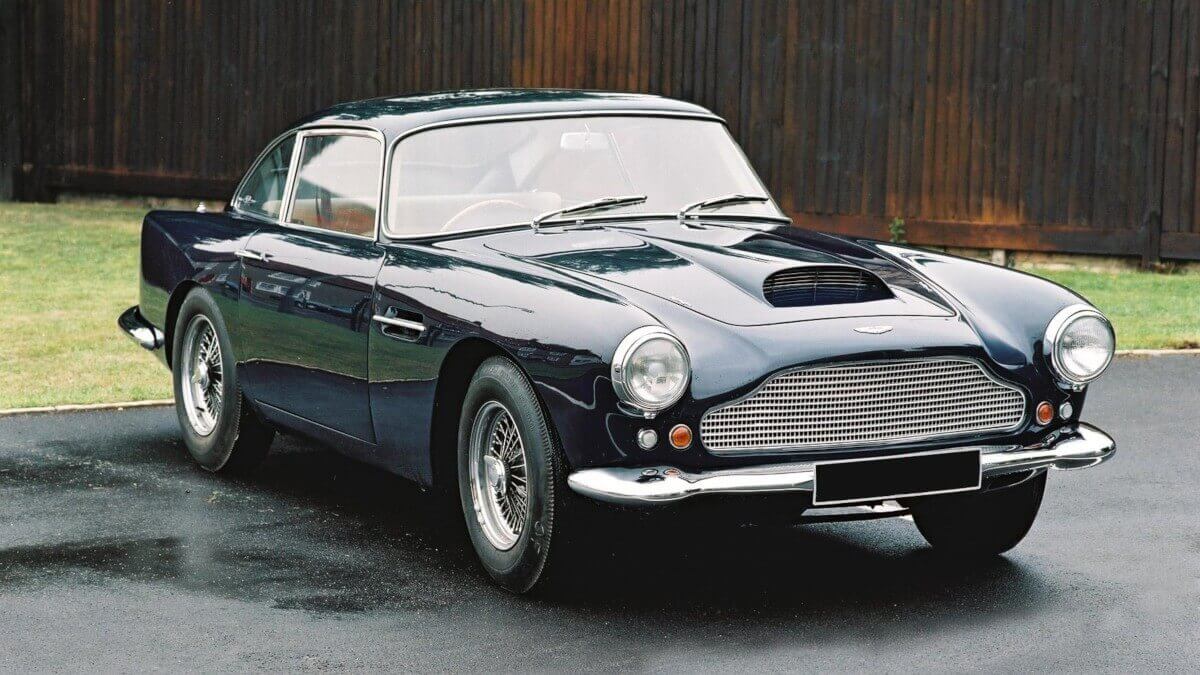



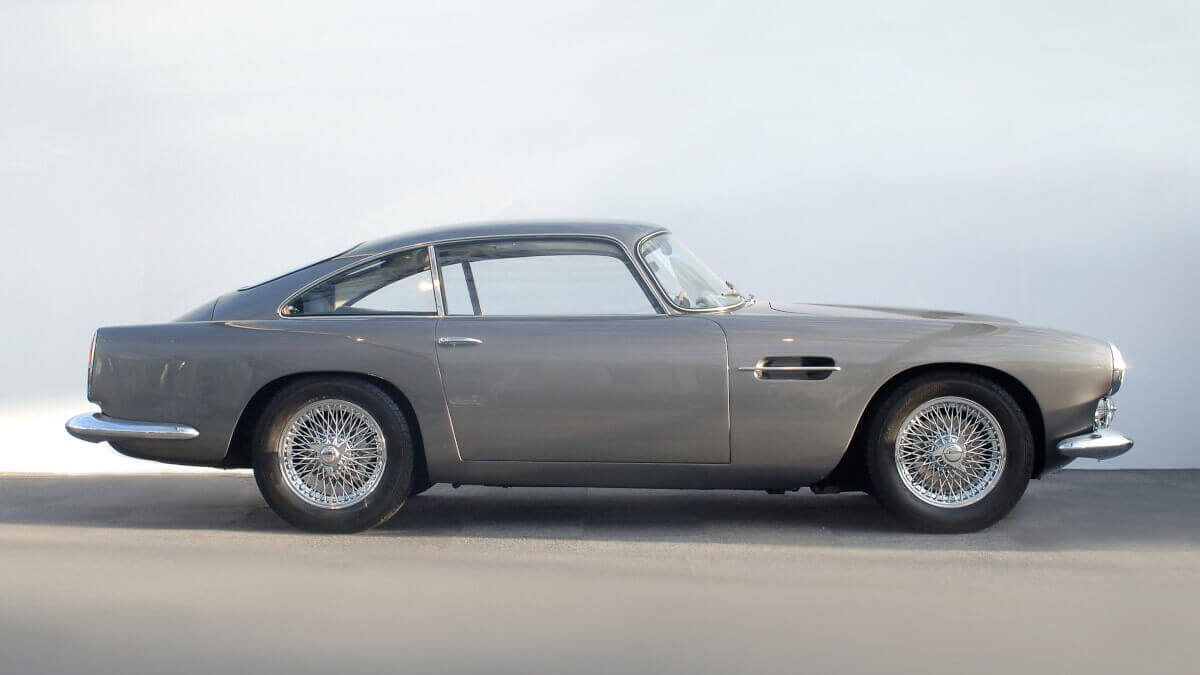





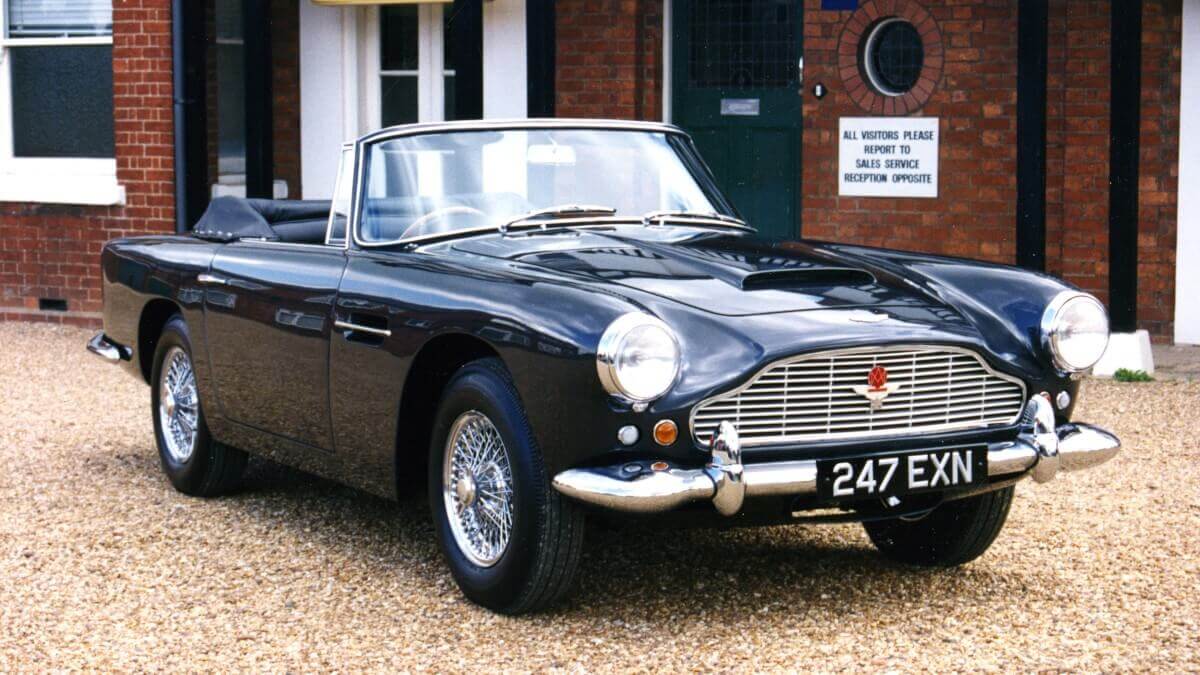



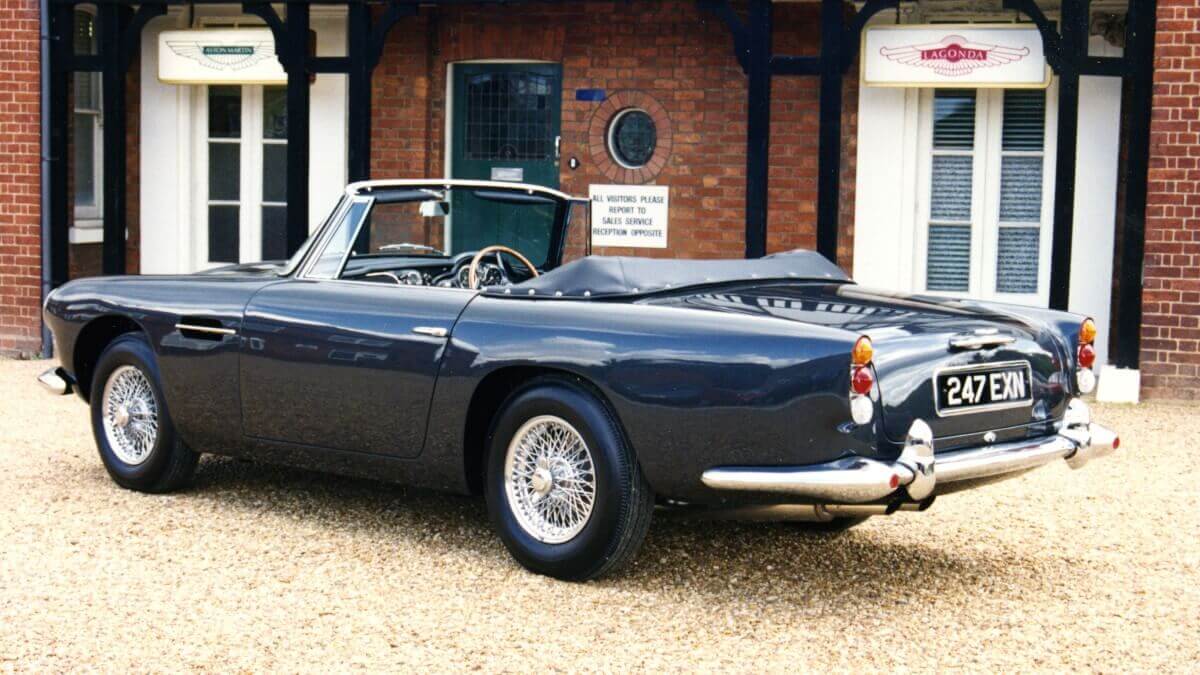



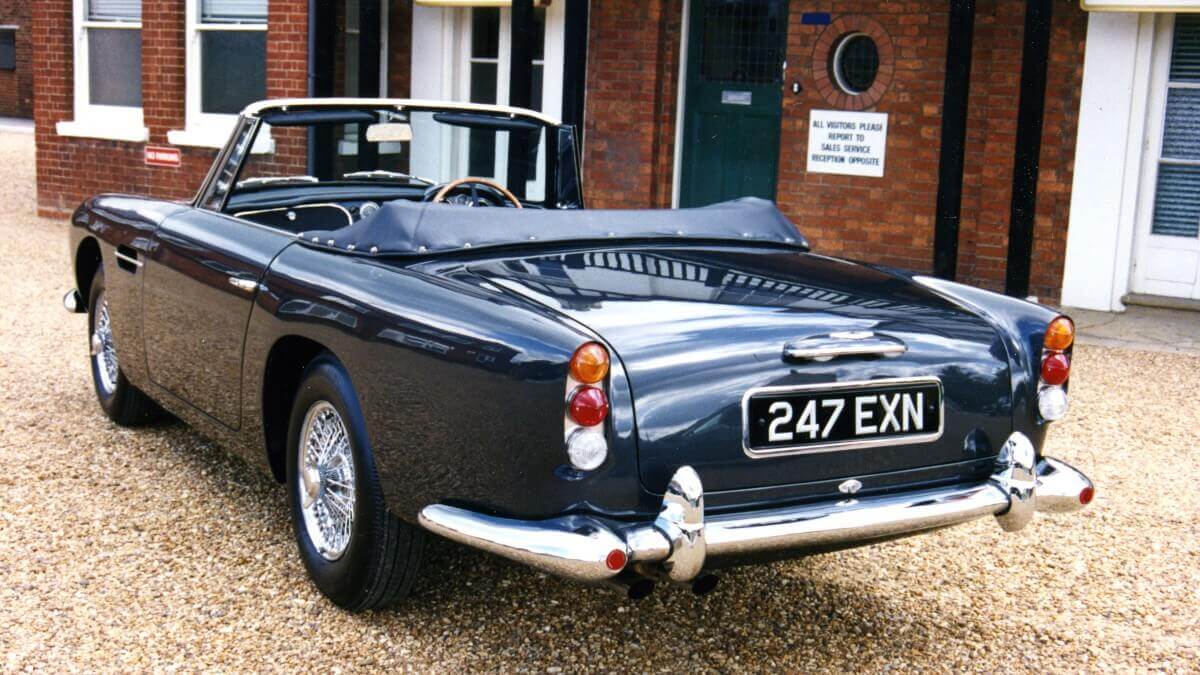





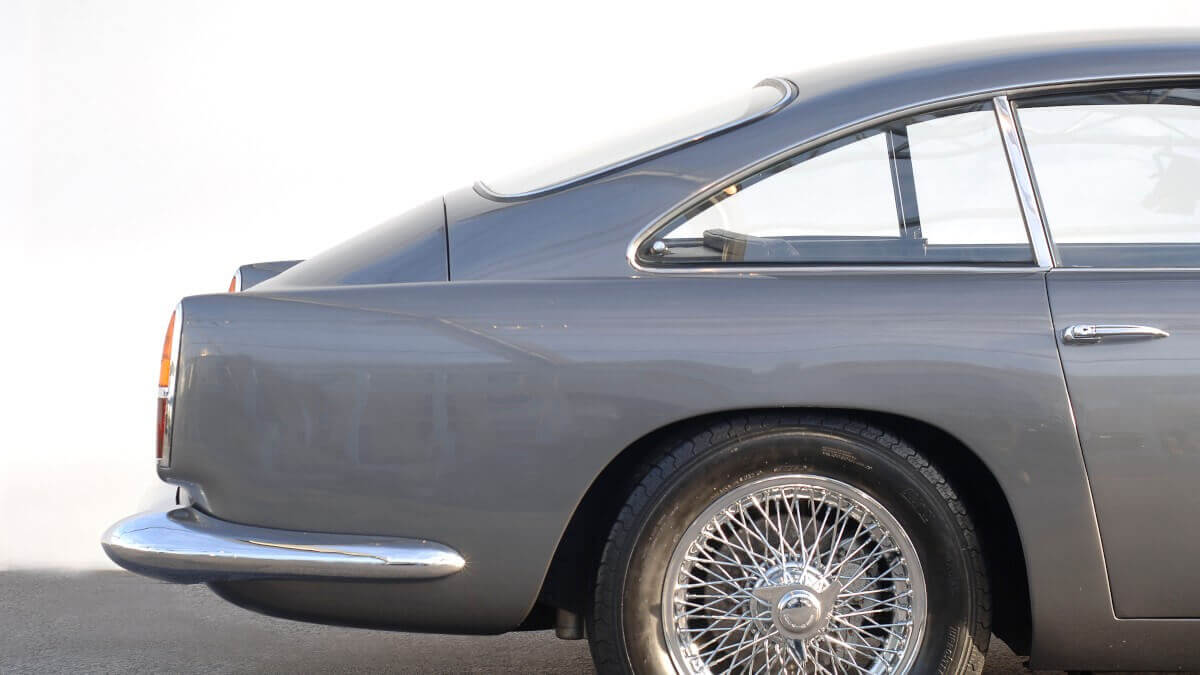

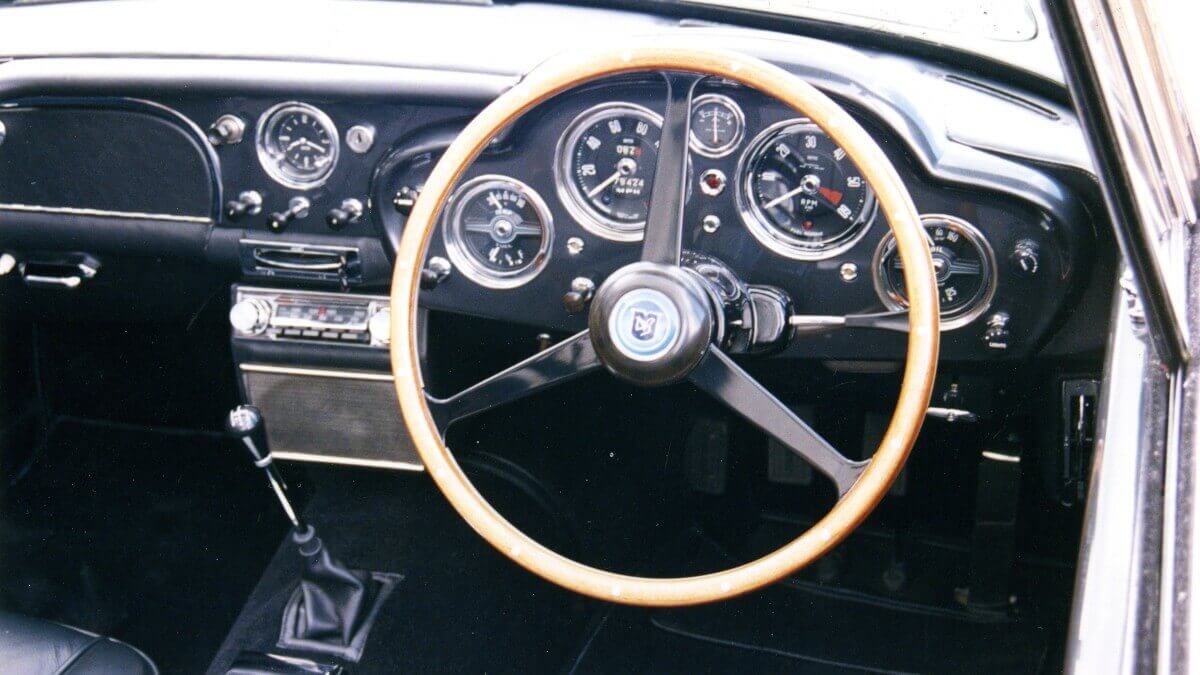



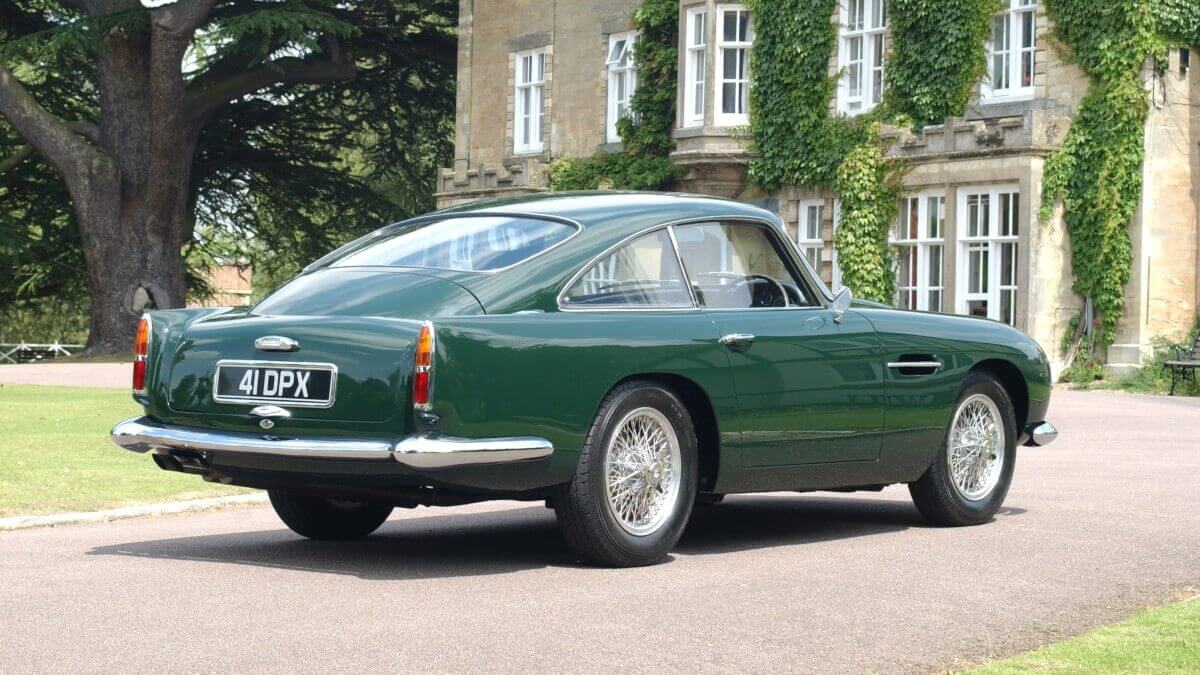





A year after the launch, the British sports car manufactory extended their offerings by a racing version for the GT category of the former sports car championship. Compared to the normal DB4, Aston Martin shortened the wheelbase by 12.7 centimeters, deleted the rear seats and replaced the aluminium body with a lighter magnesium-aluminium alloy bodywork including a new front design including headlights with glass covers, all together reducing the weight by about 84 kilograms. In addition, they increased the power output from 239 to slightly over 300 hp. The 94 copies of this roadworthy racecar were followed by another 19 DB4 GTs with Zagato bodywork. The fourth body variant appeared in 1961 together with Series IV of the DB4 and aimed more at cruisers than at racers. It was the Convertible, of which only 70 were built. Incidentally, the now common name ‘Volante’ for an open version of an Aston Martin came up with the successor model DB5 and wasn’t used for the DB4 Convertible. By the end of production in 1963, a total of 1,110 DB4s had been built in Newport Pagnell, with the final Series V cars already showing the design and technical features of the DB5 – the model that became world famous by James Bond.
To commemorate the DB4’s landmark anniversary, the Aston Martin Owners Club (AMOC) will stage a full parade of this model at the Hampton Court Palace Concours of Elegance from 31 August to 2 September. Next to a DB4 prototype and one vehicle from each of the five series, there will also be a DB4 GT, a DB4 GT Zagato and the one-off DB4 Bertone Jet. There is also a copy of the current Aston Martin DB4 GT Continuation as well as the current model portfolio of the British manufacturer, consisting of Vantage, DB11, Rapide AMR and DBS Superleggera.
Images: Aston Martin


